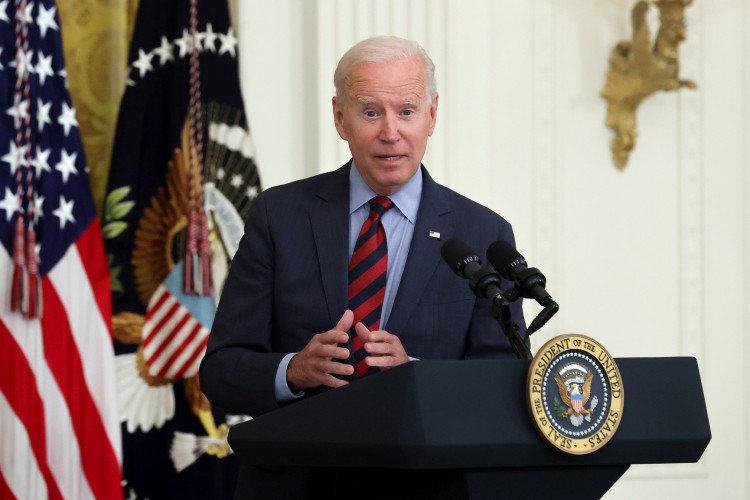Moody's, the only one of the world's three major credit rating agencies still awarding the U.S. an AAA rating, has expressed wavering confidence amid looming concerns of a potential U.S. government shutdown.
Moody's Concerns Over U.S. Governance On Monday, analysts including William Foster noted in a report that while U.S. government debt payments would remain unaffected and a brief government shutdown is unlikely to disrupt the economy, such an event would highlight the U.S.'s institutional and governance vulnerabilities compared to other AAA-rated sovereign nations they've assessed in recent years. Following the earlier brinkmanship over the U.S. federal debt ceiling this year, a government shutdown would underscore the increasing political polarization that continues to significantly limit U.S. fiscal policy-making, especially during a time of declining U.S. fiscal strength due to persistent fiscal deficits and deteriorating debt affordability.
The impact of a U.S. government shutdown would be most pronounced in regions with a high concentration of government activities and would depend on the duration of the shutdown.
While Moody's latest report did not change its credit rating or outlook for the U.S., the agency used unusually direct language to express its concerns about the progress of U.S. congressional negotiations on a short-term spending bill aimed at preventing a government shutdown.
Market observers are keenly watching Moody's moves regarding the U.S. credit rating. Analysts suggest that Moody's latest report indicates that the sustainability of U.S. debt and the politics surrounding it will remain a theme for the rest of the year.
Only Moody's Retains AAA Rating for U.S. Of the three major global rating agencies, only Moody's currently maintains an AAA rating for the U.S.:
-
On August 1 this year, Fitch downgraded the U.S. long-term foreign currency debt rating from AAA to AA+, changing its outlook from negative to stable. This marked Fitch's first downgrade of the U.S. since it began rating the country in 1994. The downgrade reflects the anticipated fiscal deterioration over the next three years, a high overall government debt burden, and continued growth in this area.
-
On August 5, 2011, Standard & Poor's announced a downgrade of the U.S. AAA long-term sovereign debt rating by one notch to AA+ with a "negative" outlook due to issues like the debt ceiling crisis. This was the first time the U.S. lost its AAA sovereign credit rating from S&P since the agency began sovereign ratings in 1941, breaking nearly a century-long myth of the U.S. maintaining the highest rating.
Currently, the U.S. Congress is working to pass a short-term spending bill to prevent a government shutdown as the new U.S. fiscal year begins in October. However, due to hardline demands from the Republican right to cut substantial additional aid to Ukraine and an uncompromising stance, there's little room for bipartisan compromise, making the likelihood of reaching a budget agreement increasingly slim. Many analysts believe there's almost a 100% chance of a U.S. government shutdown on October 1.
Moody's stated that a U.S. government shutdown would negatively impact the country's credit rating, leading to further rises in U.S. Treasury yields. On Monday, the yield on the benchmark 10-year U.S. Treasury note rose by 11.20 basis points, hitting its highest level since October 18, 2007, at 4.5457%, with the peak that year being 5.3228% on June 13. The two-year U.S. Treasury yield increased by 1.73 basis points to 5.1271%, trading between 5.0969% and 5.1357% during the session.






